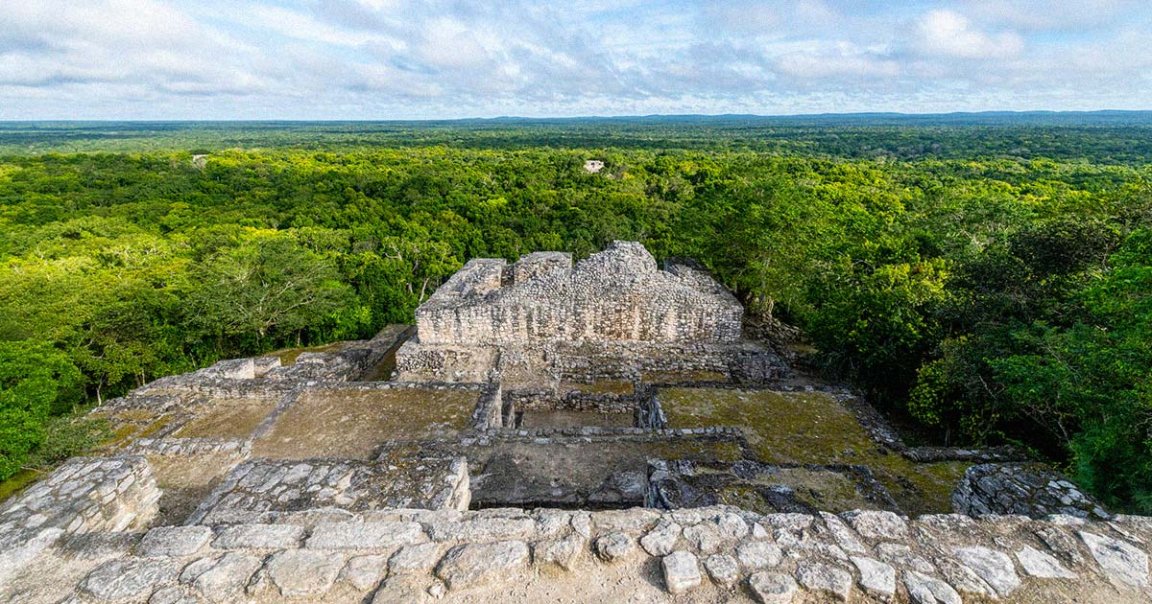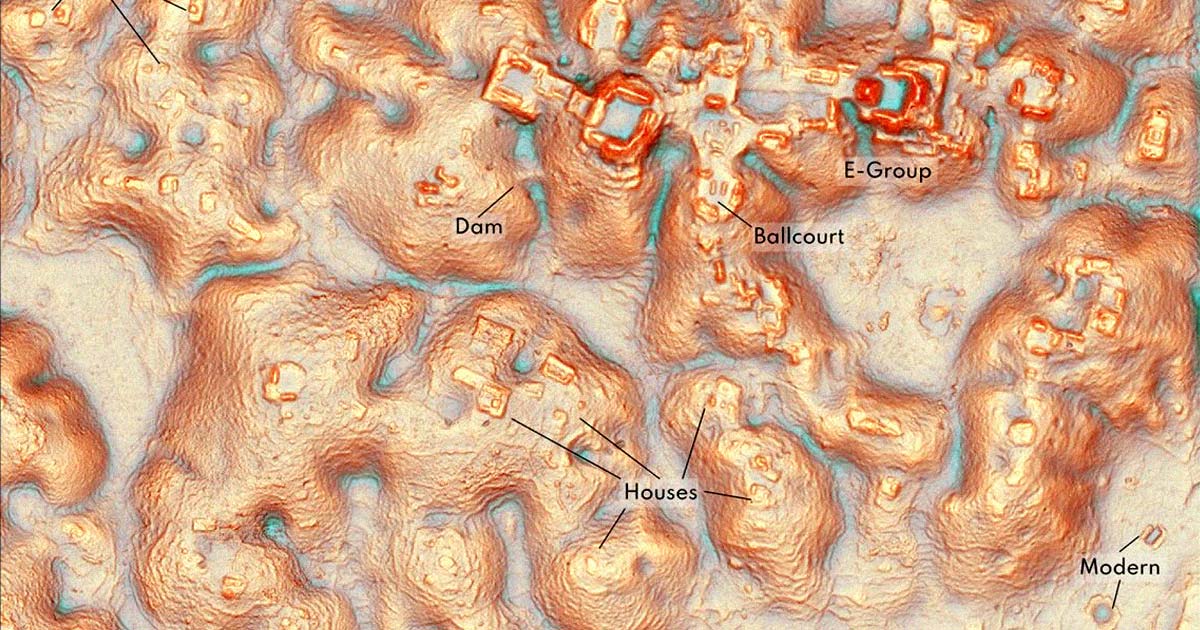
Valeriana Uncovered
While combing through detailed three-dimensional LiDAR maps of areas covered in dense vegetation, an archeologist uncovered a lost Mayan city called Valeriana in the jungles of southern Mexico.
As detailed in a new study published in the journal Antiquity, a team of scientists led by Tulane University PhD student Luke Auld-Thomas, made the discovery after surveying an area roughly the size of Edinburgh, Scotland’s capital.
Bafflingly, Auld-Thomas says he made the discovery “by accident” while browsing data on the internet.
“I was on something like page 16 of Google search and found a laser survey done by a Mexican organization for environmental monitoring,” he said in a statement.
Auld-Thomas and his colleagues from Tulane University’s Department of Anthropology found evidence of more than 6,500 pre-Hispanic structures in Campeche, Mexico, including iconic stone pyramids.
“We didn’t just find rural areas and smaller settlements,” Auld-Thomas said. “We also found a large city with pyramids right next to the area’s only highway, near a town where people have been actively farming among the ruins for years.”
“The government never knew about it; the scientific community never knew about it,” he added. “That really puts an exclamation point behind the statement that, no, we have not found everything, and yes, there’s a lot more to be discovered.”

Jungle Lasers
LiDAR pulses shot at the ground from aircraft allow archeologists to measure minute differences in distances to create three-dimensional models of even heavily forested areas, such as southern Mexico’s dense jungles.
The identified structures are just a 15-minute hike from a major road near Xpujil, a city where thousands of Maya people live to this day. The popular tourist destination of Calakmul, an archeological site near the border of Guatemala featuring impressive Mayan pyramids, is just 62 miles away.
“For a long time, our understanding of the Mayan civilization was limited to an area of a few hundred square kilometers,” Auld-Thomas explained.
The data he and his colleagues scoured was first collected in 2013, covering an area of 22.5 square miles.
The latest findings highlight that urbanization may have been surprisingly common in the area, particularly when Mayan settlements reached their peak between 250 and 900 AD.
But researchers still disagree over whether these surveys are generalizable to the entire area, according to Wired, or whether the discoveries only pinpoint unusually dense city centers.
We also still don’t know what led to the Mayans abandoning the city. As the BBC reports, experts have previously claimed that climate change was a major factor.
“It’s suggesting that the landscape was just completely full of people at the onset of drought conditions and it didn’t have a lot of flexibility left,” Auld-Thomas told the BBC. “And so maybe the entire system basically unraveled as people moved farther away.”
“I’ve got to go to Valeriana at some point,” he added. “It’s so close to the road, how could you not?”
More on ancient cities: Archaeologists Discover Lost City in Amazon Rainforest